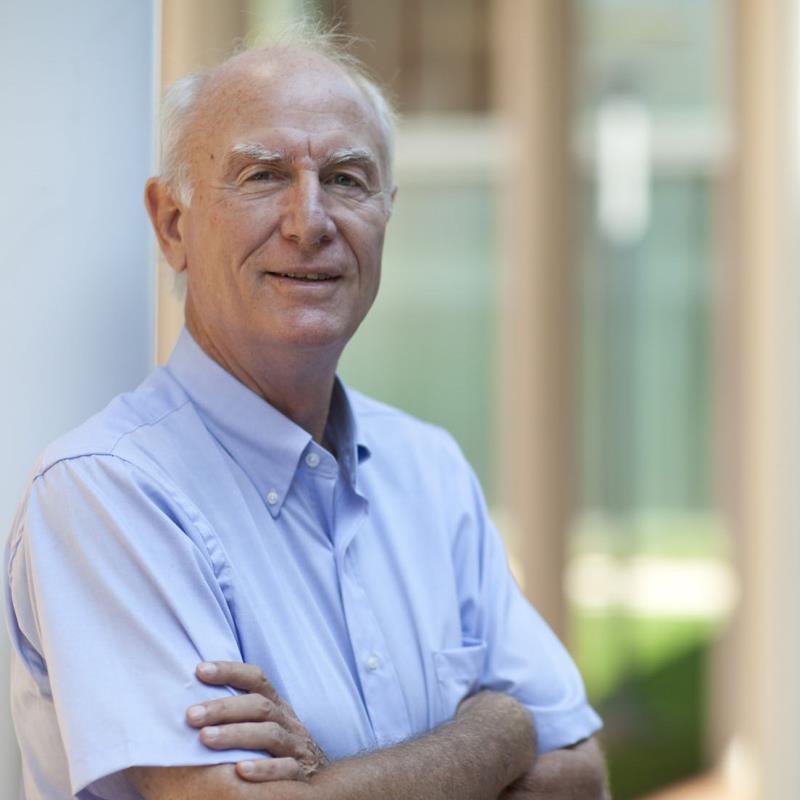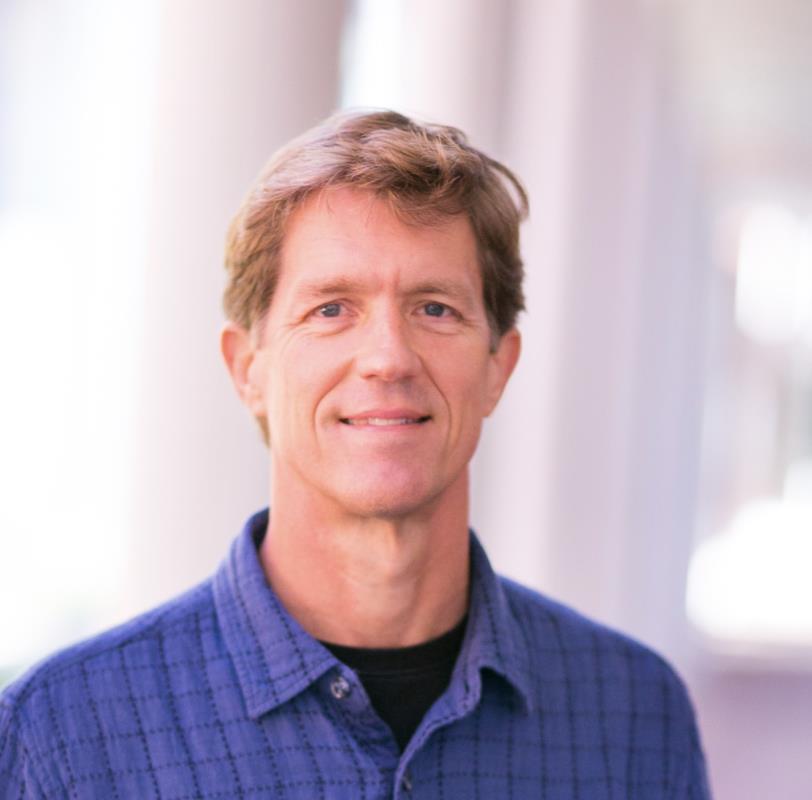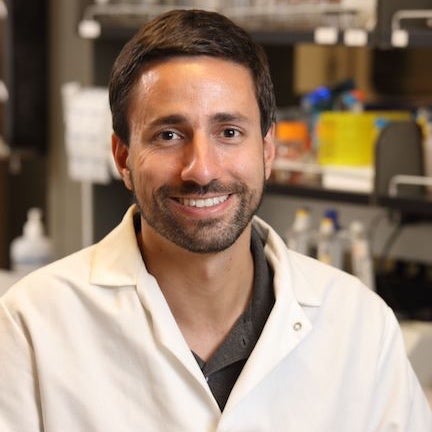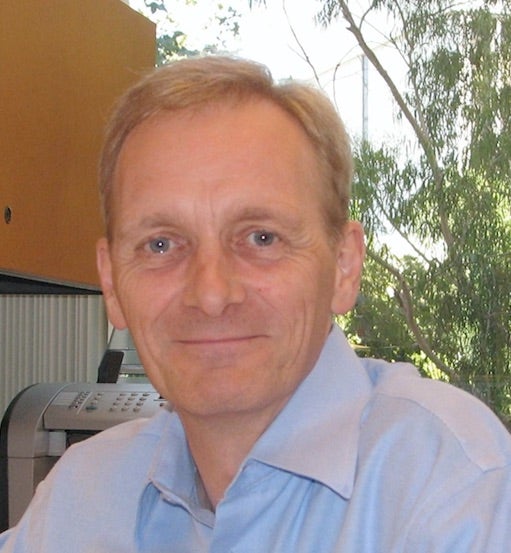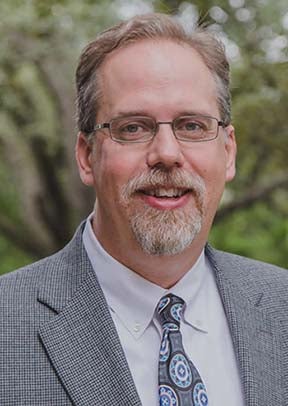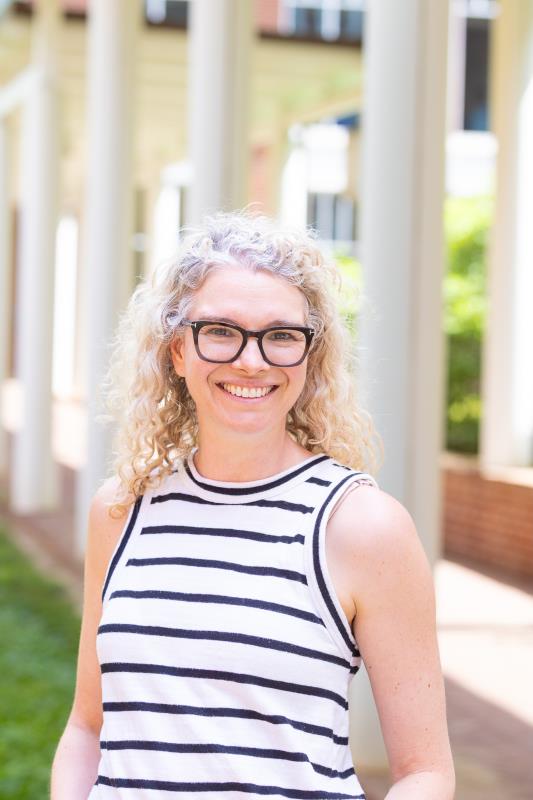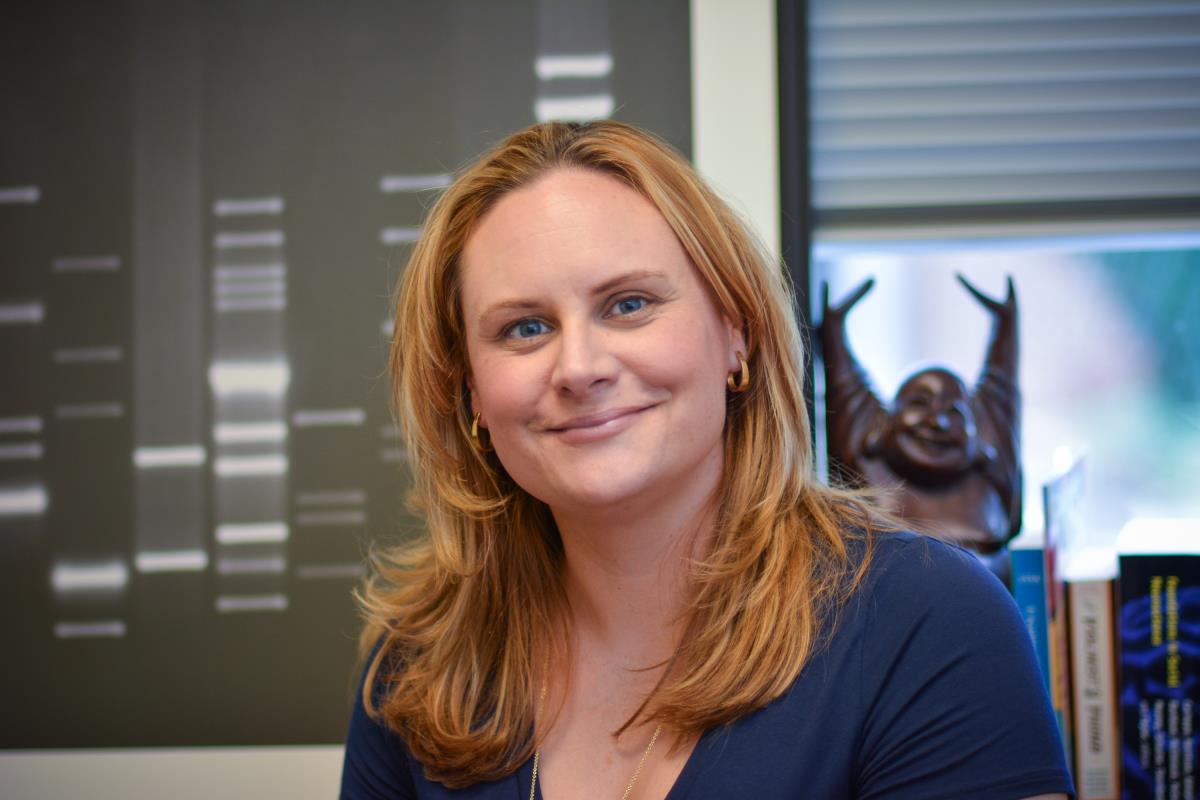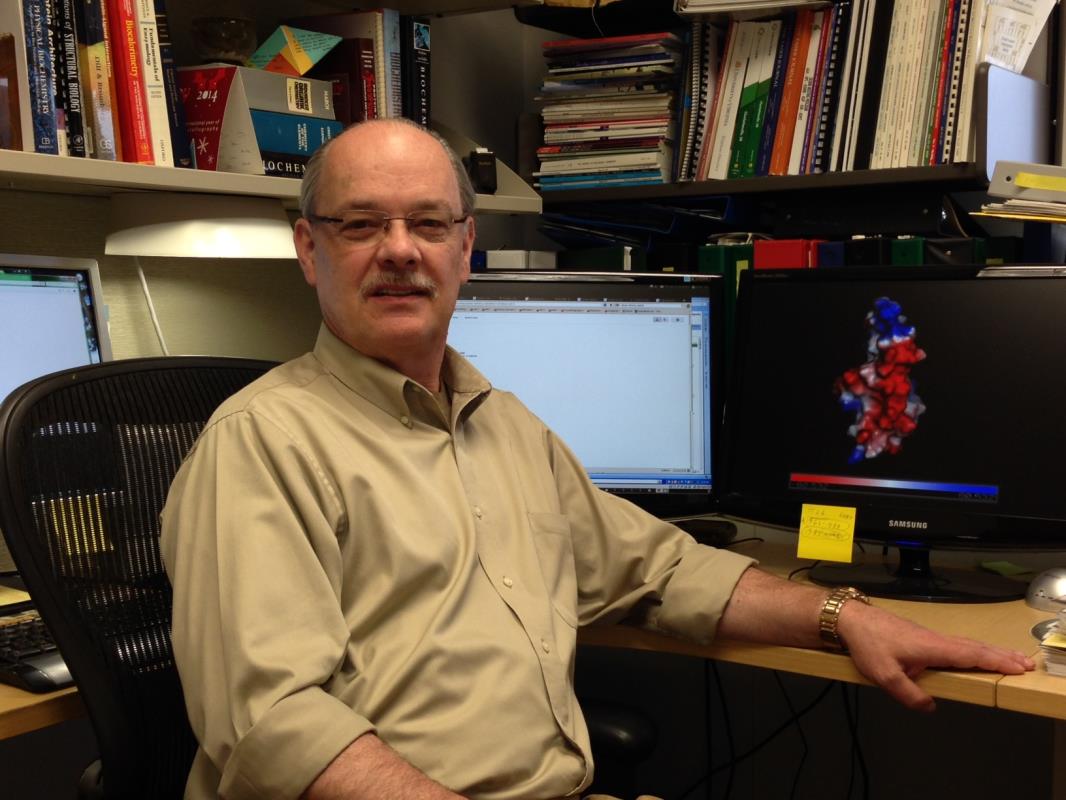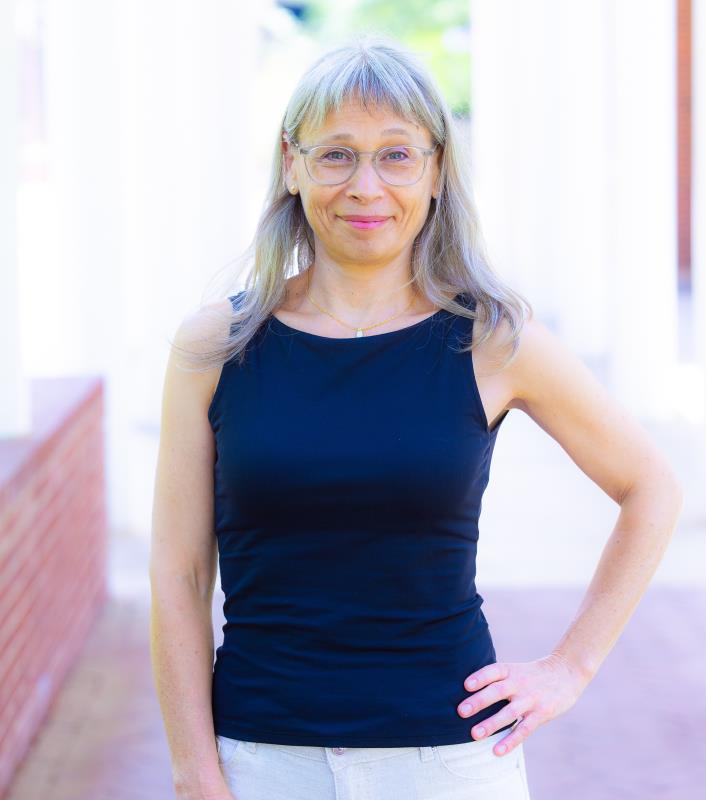6/17/2025
Project Title: Pathogenesis of Infections by Herpes Simplex Virus Herpes simplex virus is widespread in the human population with most people exposed during childhood. Nearly all adults have specific antibodies. HSV-1…
6/17/2025
A main goal of research in the Brown Lab centers on the genetics of host resistance to viral infection, and the role of natural killer (NK) cells in viral immunity.…
6/17/2025
Our group engineers biomaterials to better understand the dynamic interplay between cells and their microenvironment. We apply these platforms to address fundamental human health challenges including: - Treatment of fibrotic diseases -…
6/17/2025
My research focuses on unravelling the complex genetic mechanisms underlying risk of colorectal cancer in order to enhance disease surveillance leading to improved health outcome. Our approach integrates large-scale human…
6/17/2025
The Chalfant Laboratory has historically focused on two major, but diverse areas of basic science in regard to Biochemistry, Biophysics, and Molecular Biology. Specifically, the Chalfant Laboratory studies mechanisms of…
6/17/2025
Research description: Herpes simplex viruses type 1 and type 2 are significant human pathogens. Approximately 65% of the US population are infected with HSV-1 and 20% with HSV-2. The viruses persist…
6/17/2025
The lab is interested in understanding the epigenetic (and genetic) regulation of the oxytocin receptor in the context of human and animal social behavior.
6/17/2025
The central objective of my lab is to understand how the host immune response is reprogrammed by tumors to promote growth and metastasis. Specifically, we focus on the role of…
6/17/2025
Current funded projects in the laboratory: (1) Elucidation of molecular mechanisms controlling smooth muscle contractility; (2) Development of drugs against the influenza and Ebola viruses; (3) Studies of the mechanism of protein crystallization…
6/17/2025
We study the molecular mechanisms underlying the interaction between pathogens and their mammalian host. In particular, we investigate how the obligate intracellular bacteria Chlamydia trachomatis manipulates the host and establishes…

